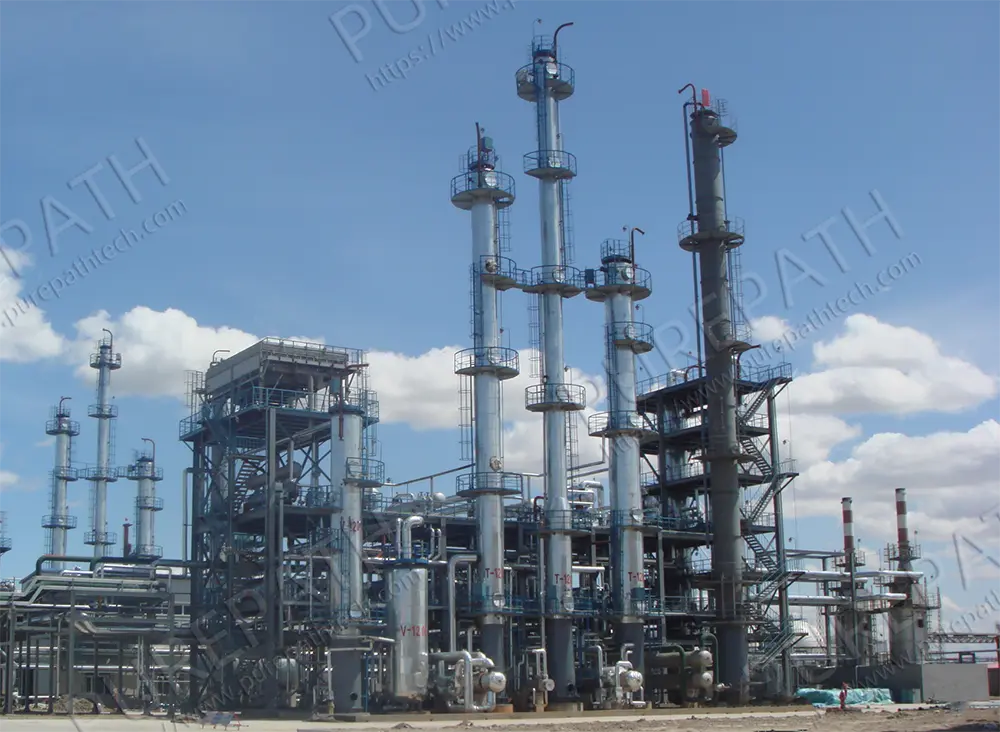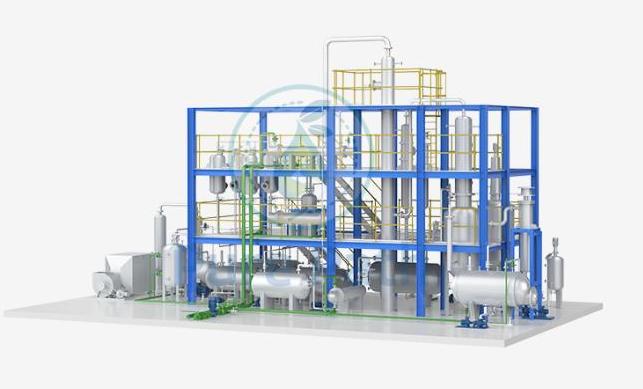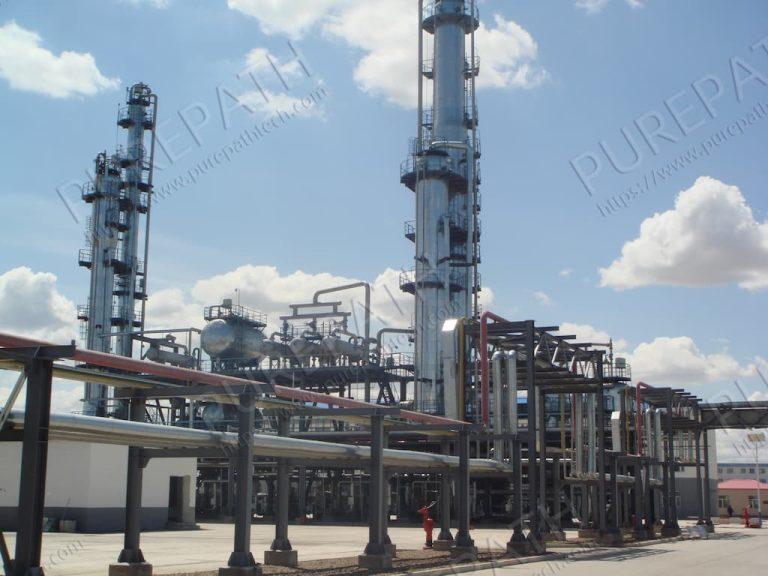Role of Crude Oil Refinery in Energy Transition
Crude oil refineries play a pivotal role in the global energy landscape, particularly as the world navigates towards a sustainable future. This article explores the multifaceted aspects of crude oil refineries, focusing on their environmental impact, operational costs, and their evolving role in the energy transition.
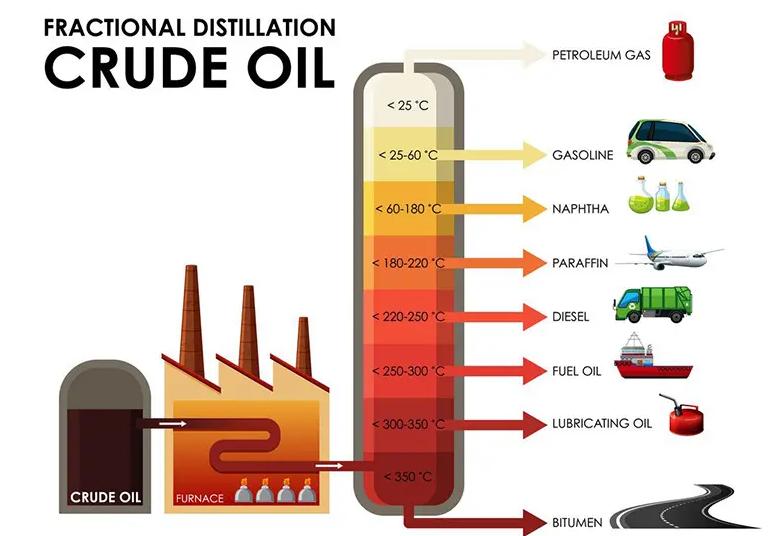
Environmental Impact and Sustainability of Crude Oil Refineries
Environmental Impact of Crude Oil Refineries
Crude oil refineries significantly contribute to environmental degradation through various emissions and discharges. The refining process releases a host of pollutants, including sulfur oxides (SOx), nitrogen oxides (NOx), volatile organic compounds (VOCs), and particulate matter. These pollutants contribute to air quality issues, acid rain, and respiratory problems in humans.
Greenhouse gas emissions, primarily carbon dioxide (CO2), methane (CH4), and nitrous oxide (N2O), are significant byproducts of refining activities. These emissions contribute to global warming and climate change, posing long-term risks to the planet’s ecosystems and human societies. Additionally, wastewater from refineries often contains toxic chemicals and heavy metals, posing a threat to aquatic life and water quality if not properly treated before discharge.
The physical footprint of refineries also impacts local environments. Large-scale land use for refinery infrastructure can lead to habitat destruction and biodiversity loss. Furthermore, accidental oil spills during refining and transportation can cause severe ecological damage, affecting marine and terrestrial ecosystems.
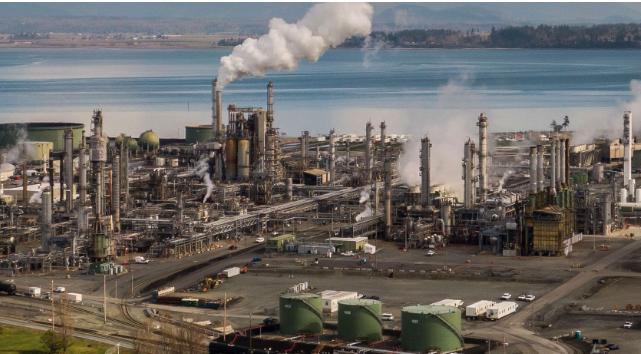
Environmental Regulations and Embracing Sustainability
Governments around the world are implementing stricter environmental regulations to mitigate the environmental impact of refineries. These regulations can include:
- Emission limits: Setting caps on the amount of pollutants refineries can release into the air and water.
- Fuel quality standards: Mandating the use of cleaner-burning fuels, such as low-sulfur gasoline and diesel.
- Investment in cleaner technologies: Incentivizing refineries to adopt technologies like carbon capture and storage (CCS) or invest in renewable energy sources to power their operations.
In response to these regulations and growing public pressure, the refining industry is taking steps towards greater sustainability. Here are some key initiatives:
- Investing in cleaner technologies: Refineries are exploring technologies that capture and store carbon emissions (CCS). While CCS is still in its early stages, it has the potential to significantly reduce the carbon footprint of the refining industry. Additionally, refineries are looking at ways to improve energy efficiency throughout the refining process, which can also lead to lower emissions.
- Utilizing renewable energy sources: Some refineries are integrating renewable sources like solar or wind power to reduce their reliance on fossil fuels for operational energy. This not only reduces greenhouse gas emissions but also lowers operating costs over the long term.
- Wastewater treatment and recycling: Improved wastewater treatment systems are being implemented to minimize water pollution. Additionally, refineries are exploring ways to recycle and reuse water within their operations, reducing their overall water consumption.
- Community engagement: Many refineries are working with local communities to address environmental concerns and develop strategies for mitigating their impact. This can include air quality monitoring programs, community outreach initiatives, and investments in local environmental projects.
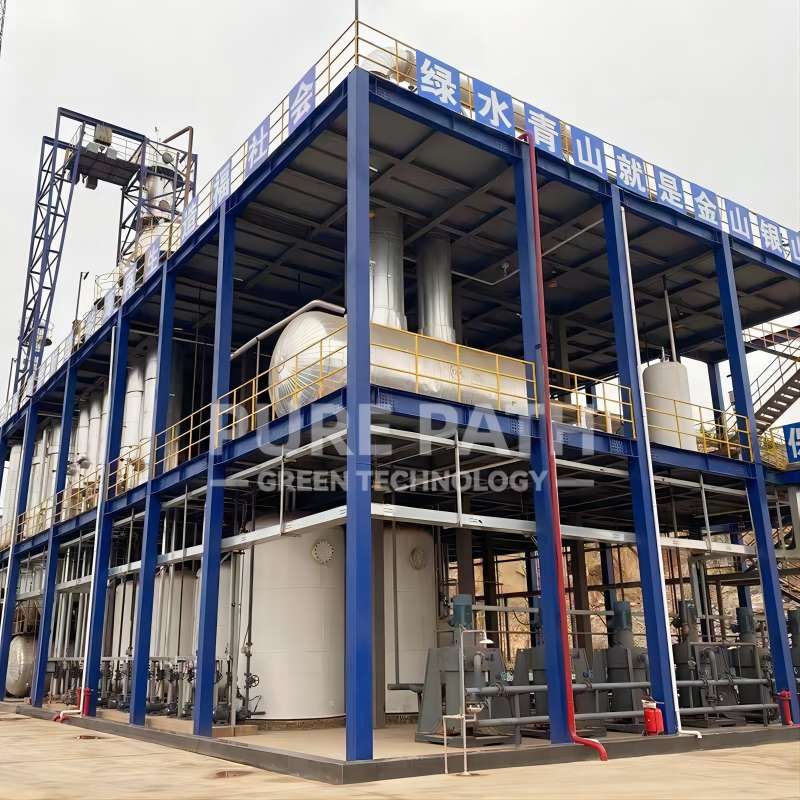
Operational Costs of Crude Oil Refinery plant
Crude oil refineries face a constant challenge: balancing profitability with managing a complex web of cost drivers. Here’s a concise look at the key factors impacting their bottom line and the strategies employed to optimize costs:
Cost Drivers:
- Crude Oil Prices: The single biggest variable cost, heavily influenced by global supply and demand fluctuations and the quality of crude oil being processed.
- Energy Consumption: The refining process itself is energy-intensive, with costs tied to fuel source (e.g., natural gas) and the refinery’s overall energy efficiency.
- Environmental Regulations: Compliance with stricter regulations often requires significant investments in new technologies and processes to reduce emissions and pollution.
Optimization Strategies:
Refineries employ various strategies to optimize operations:
- Process Optimization: This involves upgrading equipment, refining process parameters, and using waste heat recovery to maximize product yield while minimizing energy consumption and waste generation.
- Feedstock Diversification: Refineries are exploring alternative feedstocks like lighter crudes or biofuels to reduce reliance on a single source and adapt to changing market conditions.
- Integration with Renewable Energy Sources: To reduce reliance on fossil fuels for powering operations, some refineries are exploring solar or wind power generation.
By implementing these strategies, refineries can become more efficient, reduce their environmental impact, and navigate the complexities of the global energy market. The success of these efforts hinges on continued technological advancements, supportive government policies, and the industry’s commitment to long-term sustainability.
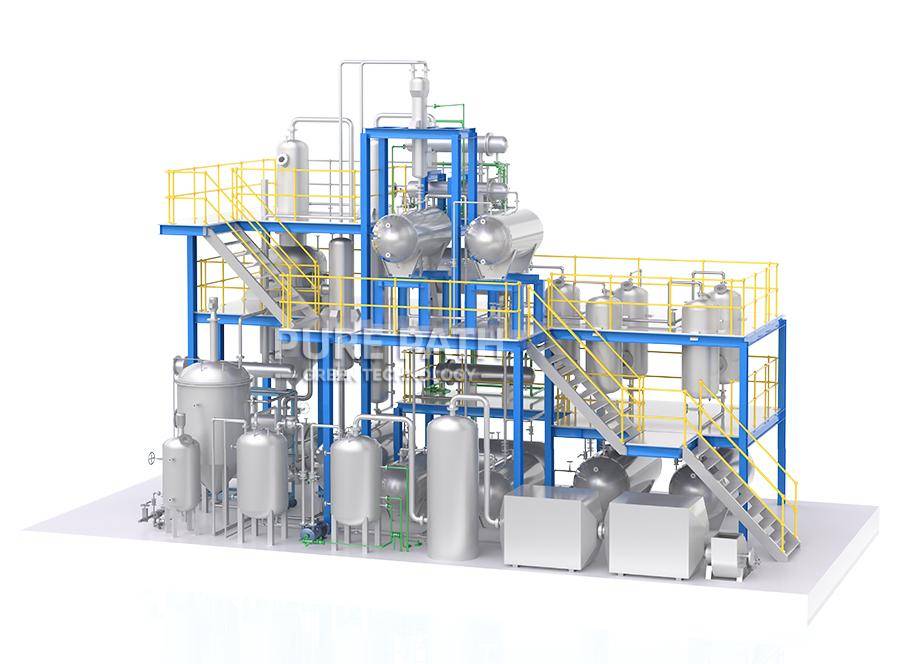
Role of Crude Oil Refineries in Energy Transition
The future of crude oil refineries in a world increasingly focused on clean energy is uncertain. However, their existing infrastructure, expertise, and potential for adaptation suggest they can play a significant role in the energy transition. Here’s a more detailed exploration of how refineries can contribute to a cleaner energy future:
Production of Cleaner Fuels: Refineries can adapt their existing processes to produce fuels with lower environmental impact. This includes:
- Low-Sulfur Gasoline and Diesel: Refineries can invest in technology to remove a significant portion of sulfur from fuels during the refining process. This reduces harmful emissions from vehicles and improves air quality, particularly in urban areas.
- Biofuels: Refineries can be repurposed or adapted to co-process biofuels alongside traditional crude oil. Biofuels, derived from renewable sources like plant materials or waste, offer a lower carbon footprint compared to gasoline and diesel. However, challenges remain regarding the sustainability of large-scale biofuel production and ensuring it doesn’t compete with food production.
- Renewable Diesel: This is a cleaner-burning alternative to traditional diesel fuel produced from vegetable oils or animal fats. Refineries can potentially play a role in scaling up production of renewable diesel as demand for this cleaner fuel grows.
Hydrogen Production: Hydrogen has the potential to be a game-changer in the energy transition, particularly for applications like powering heavy-duty vehicles and industrial processes. Refineries have the existing infrastructure and expertise in handling large volumes of gases, making them well-positioned to become key players in hydrogen production. There are two main approaches:
- Grey Hydrogen: Produced from natural gas through a process called steam methane reforming. While grey hydrogen itself doesn’t generate emissions at the point of use, the natural gas production process does release greenhouse gases.
- Green Hydrogen: Produced by electrolysis using renewable electricity sources like solar or wind power. Green hydrogen offers a truly clean energy solution, but large-scale production remains limited due to the cost of renewable electricity. Refineries integrating renewable energy sources with their operations could play a crucial role in making green hydrogen more cost-competitive.
Carbon Capture and Storage (CCS): CCS technology captures carbon dioxide emissions from industrial processes, including refineries, and stores them underground in geological formations. While CCS is still in its early stages of development, it has the potential to significantly reduce the overall carbon footprint of the refining industry. Refineries can potentially invest in CCS infrastructure to capture their own emissions and offer CCS services to other industries, contributing to broader decarbonization efforts.
The role of crude oil refineries in the energy transition is multifaceted. While they can contribute to cleaner fuels and new energy solutions like hydrogen, it’s crucial to acknowledge that these technologies are still evolving.
Conclusion
Crude oil refineries are essential in the energy transition. By adopting renewable feedstocks, integrating renewable energy, producing low-carbon fuels, implementing carbon capture, and improving efficiency, they can reduce their environmental impact and stay relevant. Despite challenges like high costs and regulatory uncertainties, this transition offers opportunities for new revenue, sustainability leadership, and innovation.
If you have a plan to invest in a Crude oil refinery plant, please contact Purepath. We provide comprehensive solutions, from design to operational support, for creating lube oil refinery facilities that meet the highest industry standards.


